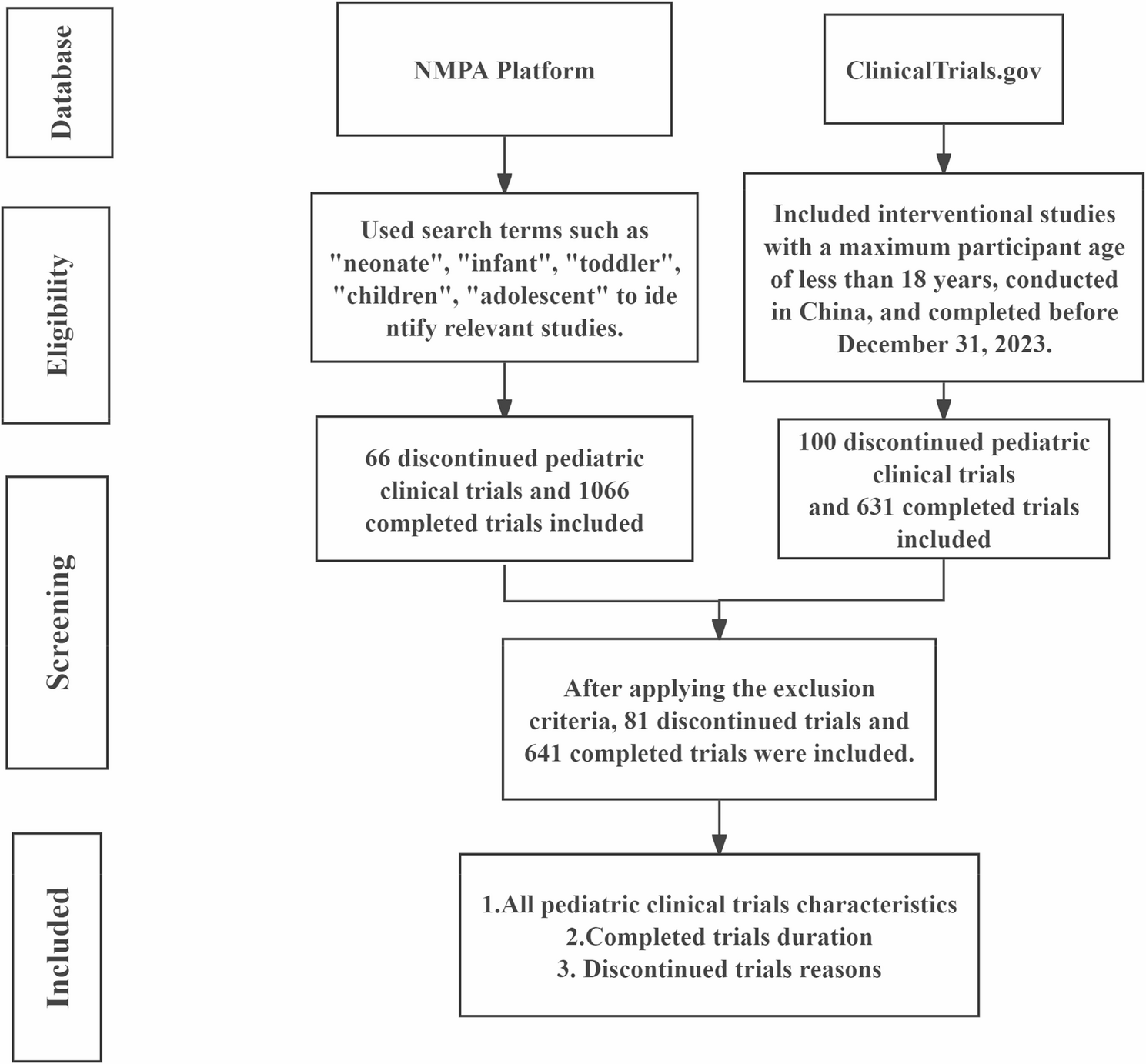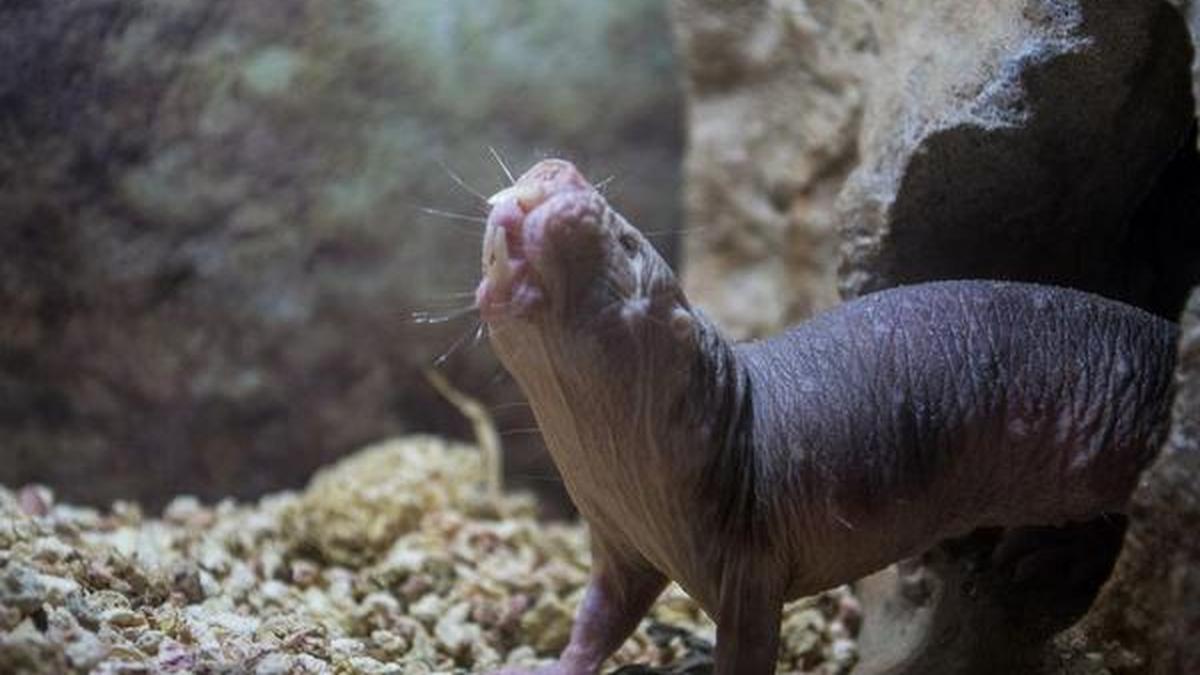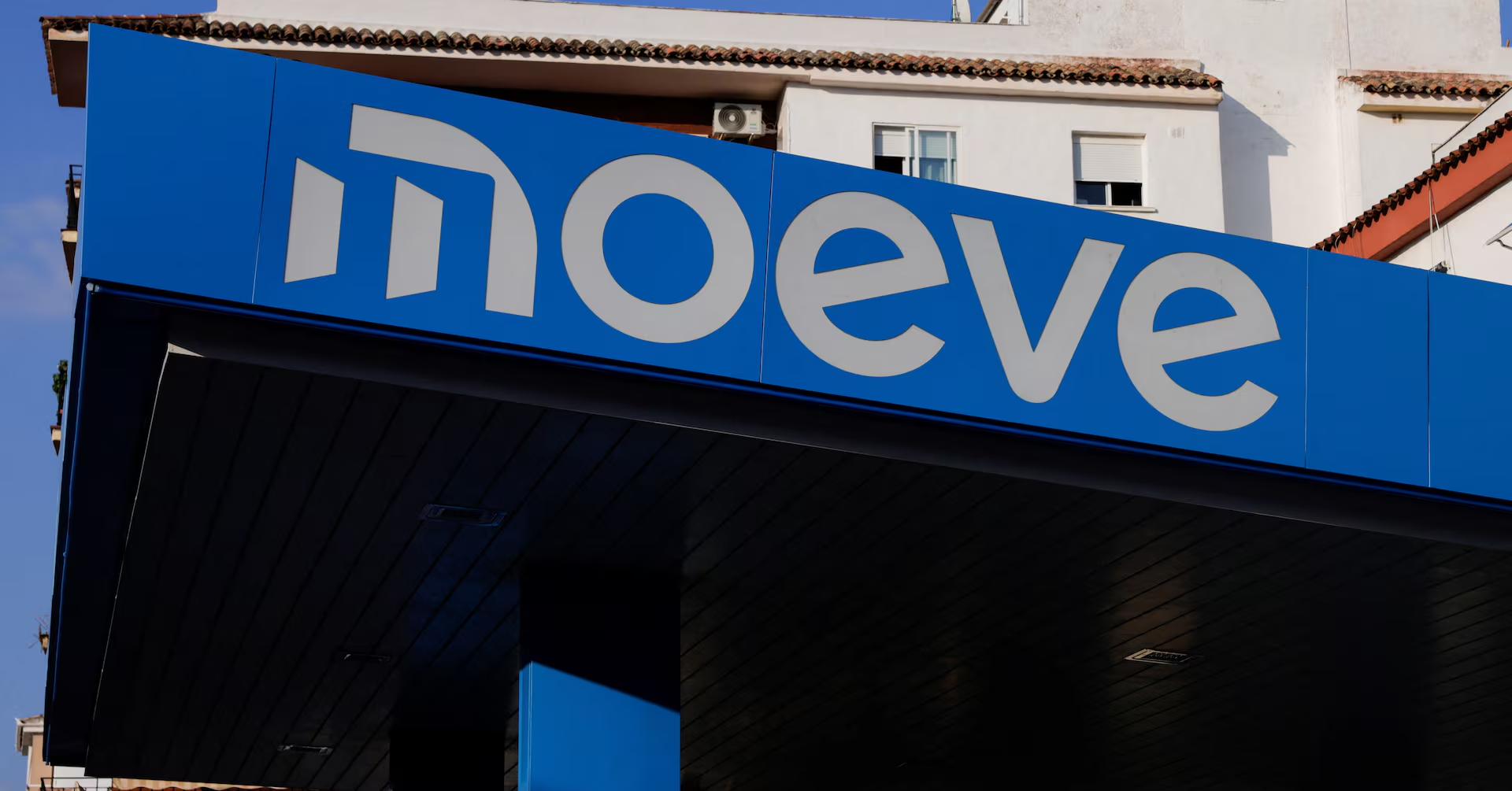General information on the pediatric drug clinical trials
As of December 31, 2023, a cumulative total of 722 pediatric drug clinical trials had concluded—either completed or discontinued—in mainland China. The annual trends indicated an increase in the number of completed, discontinued, and overall concluded clinical trials, with average annual growth rates of 21.5%, 89.7%, and 19.7%, respectively (R²=0.486). (Fig. 2). In terms of the trial phases, there were relatively few trials in the early stages such as Phase I and Phase II. The majority of the trials were concentrated in later stages, specifically Phase III (285, 39.5%) and Phase IV (150, 20.1%). Meanwhile, 6.2% of the trials adopted adaptive seamless trial designs such as I/II or II/III. Regarding the types of trial drugs, chemical drugs accounted for the largest proportion (393, 54.4%), while Chinese medicines/natural drugs accounted for the smallest proportion (29, 4.0%). In terms of the age of participants, most trials recruited adolescents (524, 72.6%) and children (429, 59.4%), newborns (124, 17.2%) and infants (274, 40.0%) trials were relatively fewer. From the perspectives of sponsors and trial institutions, the majority of trials were conducted by domestic sponsors (463, 64.1%), and primarily involved investigator-initiated studies (IST) (459, 63.6%). The number of clinical trials conducted in children’s hospitals was relatively low (109, 15.1%), with the majority being conducted in adult hospitals, disease control centres, and other trial institutions (613, 84.9%) (Table 1).
The growing trend of pediatric drug clinical trials in China
According to the disease classification for trials in ICD-11, as presented in eFig.1 of the supplementary material, the majority of pediatric drug clinical trials in China currently focused on vaccines (134, 18.6%) and respiratory diseases (99, 13.7%). The completion rate was most pronounced in vaccine trials, accounting for 132 trials or 20.5% of the total. Conversely, oncology trials exhibited the highest discontinuation rate, with 22 trials representing 27.2% of the total. At the same time, as shown in Fig. 3, the discontinuation rate of oncology trials involving adolescent subjects is higher, and the completion rate of vaccine trials involving infants and children is higher.
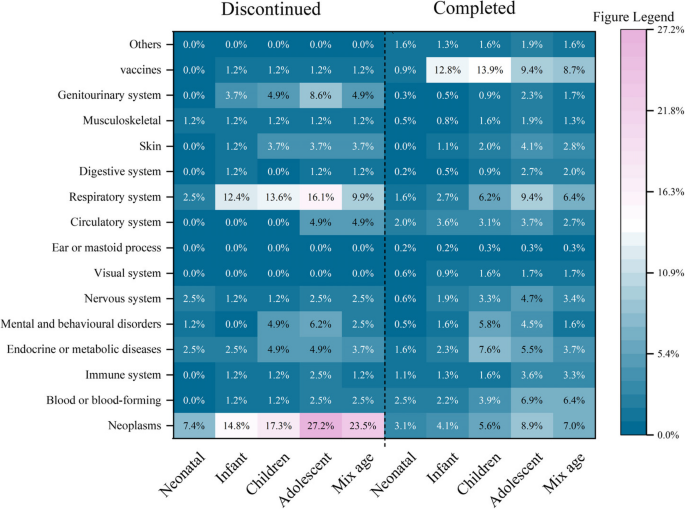
The proportion of diseases system in pediatric clinical trials among different age groups. Coded by International Classification of Diseases (ICD)−11 classification. Because most trials involved multiple age groups, the sum of the proportions for each age group exceeds the total
The Chinese government has successively released two editions of the “Rare Disease Drug List.” Consequently, we utilized this list, along with disease-related information, to screen clinical trials for rare diseases [20, 21]. Among the 722 trials, only 116 were for rare diseases, involving 34 types of rare disease drugs (eTable 1). The distribution of clinical trial leading institutions was shown in Fig. 4, primarily concentrated in the eastern regions of China, Such as North and East China, with 235 (30.3%) and 194 (30.3%) trials respectively. However, the discontinuation rate in these two regions was also high, with 37 (45.7%) and 25 (30.9%) trials discontinued respectively.
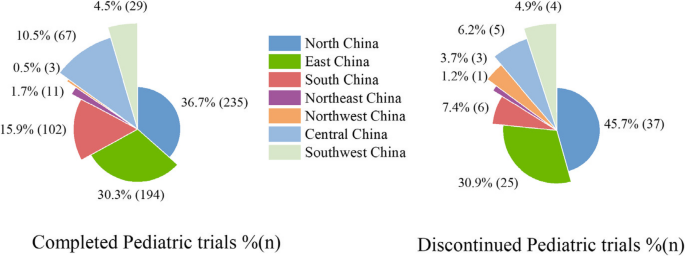
Geographical location percentage among Completed and Discontinued pediatric clinical trials. The completion/discontinuation percentage refers to the proportion of the number of completed or discontinued trials in a certain location to the total number of completed or discontinued trials
In terms of trial design, 504 (69.8%) trials adopted randomization, and 384 (53.2%) trials used blinding. The trial sample sizes were mostly in the range of 100–500 participants (259, 35.9%). Most pediatric drug clinical trials were parallel and active-medicine controlled trials, with fewer single-arm and placebo-controlled trials. The proportion of trials with DMCs and MRCT was relatively low (Table 2). This study compared trials with seamless designs such as I/II, II/III with conventionally designed trials such as phase I, II, and III (eTable 2). The results showed that these trials with seamless designs enrolled fewer participants and had stricter data requirements, and a total of 64.4% of the trials had DMCs [22].
A comparative analysis of completed and discontinued trials was presented in Tables 1 and 2, showing significant differences in multiple key dimensions (P < 0.05). In terms of trial phases, completed trials are concentrated in phase III (256, 39.9%) and phase IV trials (146, 22.8%), conducted by non-pediatric hospitals such as adult hospitals and disease control centres. Discontinued trials were primarily in phase III (29, 35.8%) and phase II (13, 16.1%), with a higher proportion conducted by pediatric hospitals. In terms of trial design, completed trials demonstrated higher standards in randomization, parallel design, and active-medicine control (P < 0.05), providing higher levels of evidence. In comparison, the level of evidence for discontinuing trials was lower, the enrollment was smaller, and higher proportions of trials with DMCs and MRCT.
Subgroup analysis of the duration of completed pediatric drug clinical trials
A univariate subgroup analysis was performed on the duration of completed trials, excluding statistically insignificant variables such as sponsor type and trial design (eTable 3). The results of this analysis were presented in Fig. 5. Firstly, the duration of trials in China had gradually decreased over time(1201 days: 2003–2006, 458.5 days: 2019–2023). From the perspective of clinical trial stages, the seamless design trials of phases I/II, II/III, etc., took less time than the conventional trials with separate phases [23]. Additionally, there were significant differences in the trial duration among clinical trials of different diseases, with the duration of oncology clinical trials being the longest (1010 days) and that of vaccine clinical trials being the shortest (358.5 days). At the same time, the duration of trials with blinding, no adult participants, biological products, or domestic sponsors was shorter, and the trial duration of pediatric drug clinical trials with DMCs and MRCT was longer.
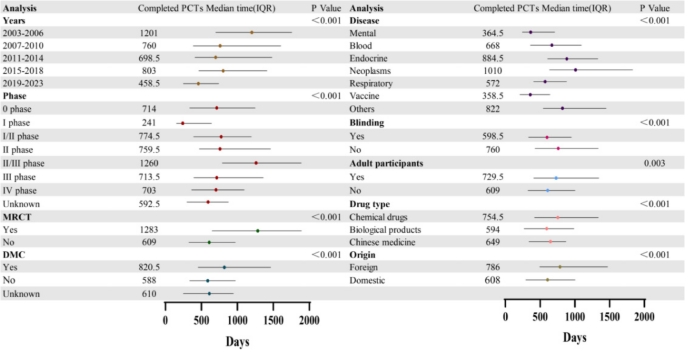
Duration of Completed pediatric drug clinical trials. Changes in the duration of trials were compared using time subsets of every four-year periods
Analysis of influencing factors and reasons for discontinued pediatric drug clinical trials
The dependent variable was trial discontinuation or completion, and the independent variable was information related to the inclusion of trials. Following the exclusion of variables with P≥0.05 following univariate analysis (eTable 4), the final model was presented in Table 3. This refined model revealed that the number of enrolled participants, disease, control setting, and the establishment of DMCs are significantly correlated with the discontinued trials. Trials enrolling 0-50 participants had a significantly higher probability of discontinuation compared to trials with over 1,000 participants (OR = 17.286, 95%CI = 3.175-94.119, P = 0.001). The results also demonstrate that, compared with placebo-controlled trials, active-drug-controlled trials (OR = 0.278, 95%CI 0.110–0.707, P = 0.007) and uncontrolled trials (OR = 0.149, 95%CI 0.026–0.859, P = 0.033) are associated with a significantly lower probability of discontinuation. Additionally, trials with DMCs were more prone to discontinuation (OR = 4.054, 95%CI = 2.011–8.172, P < 0.001). Furthermore, the likelihood of discontinuation was significantly greater for respiratory disease trials (P < 0.001) and oncology clinical trials (P = 0.009) compared to trials for other diseases (Table 3).
Considering the reasons for trial discontinuation, we conducted a separate analysis of the significant variables in the previous logistic regression. As demonstrated in Table 4, the primary reasons for the discontinued trials were the safety or efficacy of the trial results (22, 27.2%) and commercial/trial plan adjustment(20, 24.6%). Small trials with fewer than 50 participants were discontinued because of plan adjustments (18, 27.6%). Placebo-controlled trials are more frequently discontinued due to safety or efficacy concerns than active-controlled or single-arm trials. Additionally, pediatric drug clinical trials involving adults were discontinued primarily due to trial results (17, 33.7%). In pediatric drug clinical trials for respiratory diseases and pediatric oncology, plan adjustments were the primary reasons for trial discontinuation, accounting for 4 (21.1%) and 8 (36.4%) respectively.
